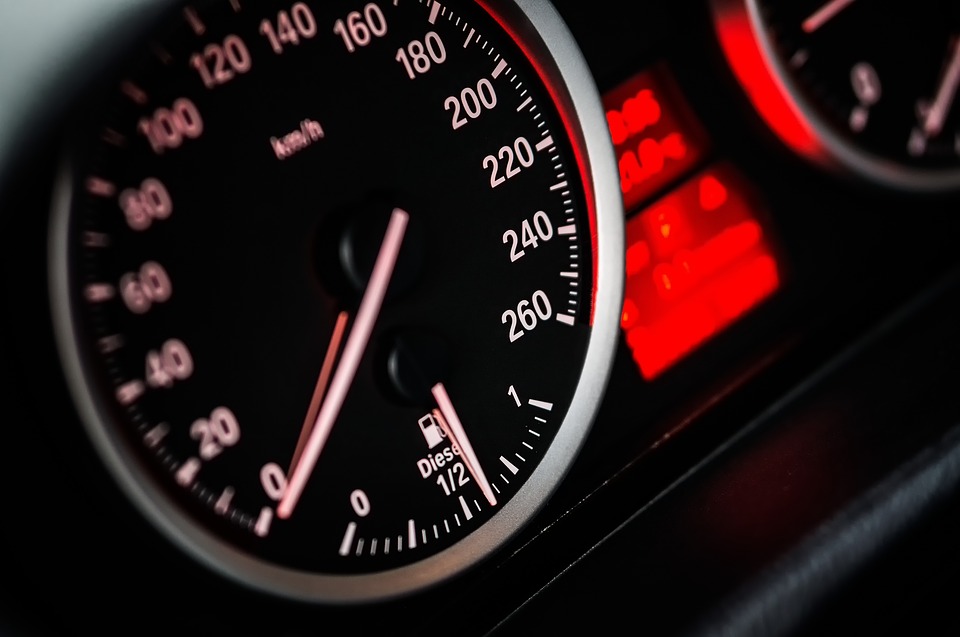Everyone who has passed their driving test, either recently or many years ago will know about braking distances, but the truth is they are not particularly well understood by the average motorist, and therefore largely ignored. We are here to tell you that they are very important, and why, annoying as they sometimes are, you should pay attention to them.
First introduced in the third edition of the highway code in 1946, they have not been changed much since, and hence why a lot of people seemingly ignore them. However, even though in the most recent version of the highway code they haven’t been updated since well before the turn of the last century, is still pretty much stands. Here’s why:
– Stopping distances include a proportion of the time for ‘thinking distance’ – the time it takes from when a driver sees a hazard to when they apply the brakes. This hasn’t changed at all since the highway code was first introduced in 1931, as people’s reaction times haven’t changed.
– The main argument is that brakes are getting better every year, so stopping distances have dramatically reduced. Whilst this is partly true, the weight of the average car has also dramatically increased, so stopping distances haven’t come down as much as you might think.
So, whilst braking distances have come down slightly, thinking time is the same, and that’s a decent percentage of the overall stopping distance. However, the key thing to know here is how a vehicle stops. From when the brakes are applied, the majority of the deceleration is done right at the end of the cycle. So, for example it might take you 2 seconds to come down from 70 to 45, but it will only take another 2 seconds to go from 45 to 0. This is a barely published fact, but key, and it means that if you are only observing half of the advised stopping distance, you are likely to hit the car in front at more than 65% of your current speed. You therefore need ALL of the stopping distance to ensure you come to a complete stop before colliding with something.
The best way to ensure that none of this happens is to take good care of your car, specifically the tyres and brakes, and to take extra care on wet roads or cold conditions. Whilst the tread on a tyre is easy to check, brakes are more difficult.
Look out for an increase in stopping distance, combined with odd noises or a veer to one side under braking as signs that the pads may need replacing. For further, more detailed information on what to look out for, check out this excellent infographic from Autodoc. If you’re concerned about the brake pads on your own vehicle, be sure to take it into a garage to be checked out professionally, and avoid potentially dangerous problems further down the road.







